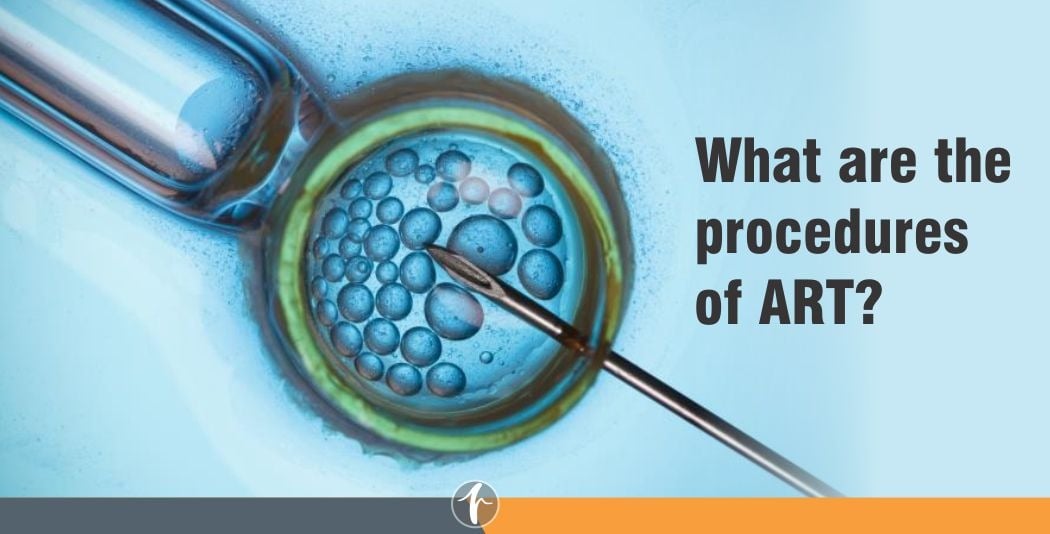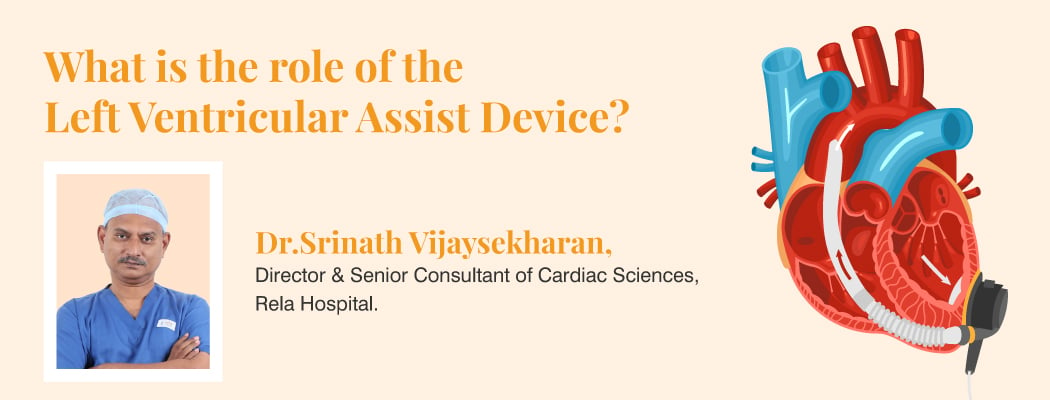What are the procedures of ART?
September 2, 2020

Infertility is on the rise in the world with around 15% of the couples actively trying unable to conceive. With more and more couples postponing starting family and the rise of various contributory lifestyle factors, infertility is a major cause of concern. As with every problem, there is a silver lining to this too.
Assisted Reproductive Technology or ART
Assisted Reproductive Technology is the term used for any procedure in which fertilisation of the egg by the sperm is done outside the body and the embryo is transferred into the uterus of the woman. The first successful Invitro Fertilisation, IVF, was performed in England in 1978. There have been many advances since then and various advanced procedures are available to help couples overcome their fertility issues. IVF is still the main ART procedure.
ART procedures that are available today
Invitro Fertilisation (IVF)
This is the most effective method of ART and is the most common. The procedure involves multiple steps. The woman is first given hormone therapy to induce production of more than one egg. The mature eggs are harvested and placed with the sperm of her partner in a dish in a laboratory. This procedure produces more than one fertilised embryo. These embryos are transferred into the woman’s uterus. If there are more embryos than necessary, they will be frozen for later use, if needed. Once the embryos implant in the uterus, conception is complete.
Intracytoplasmic sperm injection (ICSI)
This is also an IVF treatment, but with a step that helps overcome male factor infertility. In this procedure a single sperm is injected into a mature harvested egg instead of just placing eggs and sperms in a petri dish as is done in a conventional IVF. This increases the chance of fertilisation even if there is a problem with the sperm.
Zygote Intrafallopian Transfer (ZIFT)
This procedure is also called tubal embryo transfer. In this method the egg is fertilised in a laboratory and the embryo is transferred into the fallopian tube in its very early stage of development.
Gamete Intrafallopian Transfer (GIFT)
The eggs and sperm are transferred into the woman’s fallopian tube. Fertilisation takes place in the woman’s body naturally.
ART procedures can also help couples with genetic problems. Donor eggs or sperm are used when either the woman or the man has a genetic condition that can be passed on to their babies. If the woman or man suffers from infertility, donor eggs of sperm can be used to create embryos. If the couple is infertile, donor embryos can be used, but the baby will not be genetically related to the parents.
ART is a boon for couples facing fertility issues. Dr. Rela Hospital is one of the best centres for infertility treatment. Advanced procedures, renowned fertility expert, sophisticated technology and a caring environment are the hallmarks of our service. We have an excellent record of 50% to 60% success rate in IVF procedures.
If you have any fertility issue, Fertility Help line NO: 9384061582







